Re-balance Cycle Reminder All MyPlanIQ’s newsletters are archived here.
For regular SAA and TAA portfolios, the next re-balance will be on Monday, February 2, 2015. You can also find the re-balance calendar for 2014 on ‘Dashboard‘ page once you log in.
As a reminder to expert users: advanced portfolios are still re-balanced based on their original re-balance schedules and they are not the same as those used in Strategic and Tactical Asset Allocation (SAA and TAA) portfolios of a plan.
Please note that we now list the next re-balance date on every portfolio page.
How Does Trend Following Tactical Asset Allocation Strategy Deliver Returns
We often received emails from our users about our strategies. The following is a question asked recently by one of our users:
Hello, A question I have is in regards to tactical allocation portfolios; your market outlook continues (and I agree) that future returns in the market are estimated to be between 3-5% based on historical norms, etc. It is hard to estimate how the different portfolios (especially tactical) would invest and respond in this environment since this would be different market returns that we have seen over the past 10-15 years (which are most of the model portfolios are based on). Any guidance how to evaluate the different portfolios with these type of returns if that is what we might be looking at down the road? Thanks
We believe this is a very important question and it should be in many users’ mind. It is much easier to answer this question for Strategic Asset Allocation (SAA) based portfolios as we believe that for a relatively long period of time such as 10 years or longer, returns of stocks and most other assets are much easier to predict. Since an SAA portfolio does not tend to change the asset mix much, it is thus simpler to derive the overall portfolio return.
However, it is much harder to estimate the returns of a Tactical Asset Allocation(TAA) based portfolio as asset mix is dynamically changed depending on market conditions. Nevertheless, we believe it is useful and important to at least get some intuition or insights on how a trend following based tactical strategy derives returns.
First, let’s review how our benchmark tactical portfolio has done so far.
Long Term Trend Following Tactical Asset Allocation Benchmark Portfolio Return Update
We first introduced the portfolio P Relative Strength Trend Following Six Assets in December 10, 2012: How Asset Allocation Strategies Performed In Secular Market Trends. The following is about this portfolio:
This portfolio has one of the longest back testing period (and now it is live and kept track on MyPlanIQ.com). The following is some information about it:
Inception date: 6/28/1991.
This portfolio tries to use the funds with the longest price history. Since international stock index funds and emerging market stock index funds have much shorter history, we use European stocks (VEURX) and Pacific stocks (VPACX) instead. In other words, we use demographic classification instead of classification based on developed and developing countries here, unlike Six Core Asset ETFs.
Funds used in this portfolio:
- U.S. stocks: Vanguard 500 Index (VFINX), inception:3/27/1987
- European stocks: Vanguard European (VEURX), inception: 11/1/1990
- Pacific stocks: Vanguard Pacific (VPACX), inception: 11/1/1990
- US REITs: Vanguard REITs (VGSIX), inception: 6/28/1996
- Gold: GLD, inception:1/4/1971. Before ETF GLD’s inception on 11/18/2004, we use London spot gold price (monthly closing).
- US Bonds: Vanguard Total Bond Index (VBMFX), inception: 6/4/1990
- CASH: calculated using 3 month T-Bill interest.
We note this portfolio is used as our benchmark solely because of its long back testing (and live) history. It is listed on Advanced Strategies page. Users should consider other portfolios such as P Goldman Sachs Global Tactical Include Emerging Market Diversified Bonds ETFs or P Goldman Sachs Global Tactical Include Emerging Market Diversified Bonds for investment purpose. These portfolios are more preferable as they have better diversification candidate funds than the above.
The following incorporates the latest 2014 return figure:
The following is for the rolling 5 year return:
The performance comparison since the portfolio’s inception date (6/28/1991):
Portfolio Performance Comparison (as of 1/12/2015)
| Ticker/Portfolio Name | Since 6/28/1991 | YTD Return** |
1Yr AR | 3Yr AR | 5Yr AR | 10Yr AR | 10Yr Sharpe |
|---|---|---|---|---|---|---|---|
| P Relative Strength Trend Following Six Assets | 11% | 1.8% | 8.9% | 14.1% | 11.3% | 10.8% | 0.76 |
| VFINX (Vanguard 500 Index Investor) | 9.6% | -1.4% | 12.2% | 18.4% | 14.5% | 7.6% | 0.32 |
S&P 500 (represented by Vanguard 500 index fund VFINX) again out performed our TAA portfolio in 2014. In fact, since 2009, other than 2010, S&P 500 had a better return than our TAA portfolio every year. Furthermore, its rolling 5 year return (i.e. the annualized return from 2010 to 2014) is better than the TAA portfolio’s. This is the second year in a row that the S&P 500 rolling 5 year return is better than the TAA portfolio.
How Are Returns Obtained By The Trend Following Tactical Strategy
To answer this question, let’s first review our tactical strategy: in essence, the strategy picks top performing 2 or 3 assets represented by an index fund and invest in them every month. Top performing is based on a score that uses returns in various periods of the past one year.
Let’s first look at the following year by year returns of the four major assets: stocks, US REITs, Gold and Long Term (10 year) Treasury Bonds. We discussed these asset returns in our previous newsletter December 22, 2014: Long Term Asset Returns: How Long Is Long?. We have broken down into 4 charts to illustrate the returns since 1970.
We make the following observations:
- For the 45 years since 1970, there are only 3 years in which no assets delivered more than 10% return. These are 1981, 1990 and 1994. In the recent years, only 2011 came close: 10 year Treasury bonds had a 16% return but total bond index fund VBMFX had only 6% return (was not shown on the charts). Our TAA portfolio P Relative Strength Trend Following Six Assets does not have the long term 10 year Treasury bond as its candidate fund. Instead, it has VBMFX. Intuitively, that would mean that at least one asset exhibited a good up trend in a year other than these 3 years, if we use a somewhat arbitrary return number 10% as the cutoff threshold. Or that would mean in those years, our TAA portfolio can take advantage of these trending assets to obtain returns.
- Related to the above, assets tend to overshoot and undershoot by some big margins. In fact, this is exactly the trends we are seeking. For example, since 2000, virtually in any year when there was at least one asset that had a negative return, that negative return exceeded 10%. Put it simply, assets rarely meandered in a narrow range (at least in a more than year time frame). They either went up a lot or came down dramatically. The more such uncorrelated assets are, the more we can observe (and take advantage of) such volatility.
- Another important point to remember: the TAA strategy tends to preserve capital by avoiding big loss in years when (overvalued) assets have big corrections. This is an extremely important attribute for our strategy. By doing so, we avoid the asymmetric loss-win relationship (see June 9, 2014: The Arithmetic of Investment Mistakes) and this alone helps to deliver better returns than a simple buy and hold strategy in a long period of time.
Finally, to answer the user’s question in the above, we are confident that, if history is any guide, the asset classes we are dealing with (add international stocks, emerging market stocks and/or international bonds, international REITs etc.) will experience volatile ups and downs in the coming decade, even though many of these assets (US stocks and long term bonds in particular) might have low overall returns. As long as our portfolios can preserve capital in a market downturn, it should be able to utilize the up trends to derive reasonable returns. On the other hand, even though it is hard to pinpoint more precise actual returns, the good news for such a strategy is that it does not necessarily depend on the future expected returns entirely to deliver a reasonable return in a long period of time.
Market Overview
Market conditions are definitely not bright: highly overvalued stocks, the persistent weakness in high yield bonds, an already ultra low bond yields (thus high bond prices) and the still extremely open ended crude oil pricing (and thus geographical conflicts) are some of the major concerns. Each of them can easily trigger a crisis to derail markets. Again, we call for cautions.
For more detailed asset trend scores, please refer to 360° Market Overview.
We would like to remind our readers that markets are more precarious now than other times in the last 5 years. It is a good time and imperative to adjust to a risk level you are comfortable with right now. However, recognizing our deficiency to predict the markets, we will stay on course.
We again copy our position statements (from previous newsletters):
Our position has not changed: We still maintain our cautious attitude to the recent stock market strength. Again, we have not seen any meaningful or substantial structural change in the U.S., European and emerging market economies. However, we will let markets sort this out and will try to take advantage over its irrational behavior if it is possible.
We again would like to stress for any new investor and new money, the best way to step into this kind of markets is through dollar cost average (DCA), i.e. invest and/or follow a model portfolio in several phases (such as 2 or 3 months) instead of the whole sum at one shot.
Latest Articles
- January 5, 2015: When Forecast Fails
- December 22, 2014: Long Term Asset Returns: How Long Is Long?
- December 15, 2014: Beaten Down Assets
- December 8, 2014: Implementing Core Asset Portfolios In a Brokerage
- December 1, 2014: Two Key Issues of Investment Strategies
- November 24, 2014: Holiday Readings
- November 17, 2014: Retirement Spending Portfolios Update
- November 10, 2014: Fixed Income Or Cash
- November 3, 2014: Asset Trend Review
- October 27, 2014: Investment Loss, Mistakes And Market Cycles
- October 20, 2014: Strategic Portfolios With Managed Volatility
- October 13, 2014: Embrace Volatility
- October 6, 2014: Tips For 401k Open Enrollment
- September 29, 2014: What Can We Learn From Bill Gross’ Departure From PIMCO?
- September 22, 2014: Why Total Return Bond Funds?
- September 15, 2014: Equity And Total Return Bond Fund Composite Portfolios
- September 8, 2014: Momentum Based Portfolios Review
- September 1, 2014: Risk & Diversification: Mint.com Interview
- August 25, 2014: Remember Risk
- August 18, 2014: Consistency, The Most Important Edge In Investing: Tactical Case
- August 11, 2014: What To Do In Overvalued Stock Markets
- August 4, 2014: Is This The Peak Or Correction?
- July 28, 2014: Stock Musings
- July 21, 2014: Permanent Portfolios & Four Pillar Foundation Based Framework
- July 14, 2014: Composite Portfolios Review
- July 7, 2014: Portfolio Behavior During Market Corrections
- June 30, 2014: Half Year Brokerage ETF and Mutual Fund Portfolios Review
- June 23, 2014: Newsletter Collection Update
- June 16, 2014: There Are Always Lottery Winners
- June 9, 2014: The Arithmetic of Investment Mistakes
- June 2, 2014: Tips On Portfolio Rebalance
- May 26, 2014: In Praise Of Low Cost Core Asset Class Based Portfolios
- May 19, 2014: Consistency, The Most Important Edge In Investing: Strategic Case
- May 12, 2014: How To Handle An Elevated Overvalued Market
- May 5, 2014: Asset Allocation Funds Review
- April 28, 2014: Now The Economy Backs To The ‘Old Normal’, Should Our Investments Too?
- April 21, 2014: Total Return Bond Investing In The Current Market Environment
Enjoy Newsletter
How can we improve this newsletter? Please take our survey
–Thanks to those who have already contributed — we appreciate it.

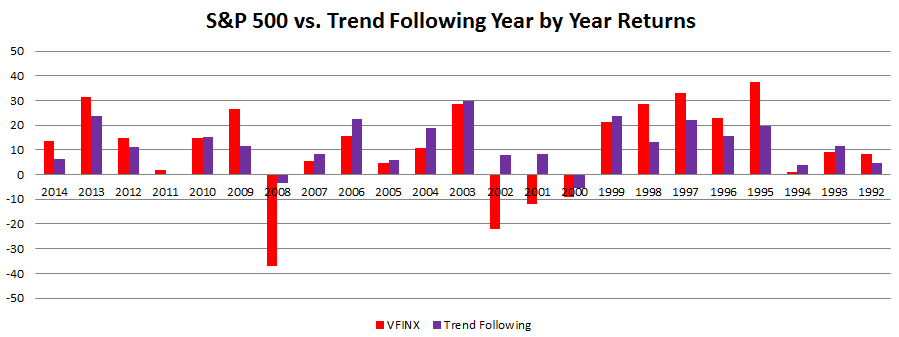
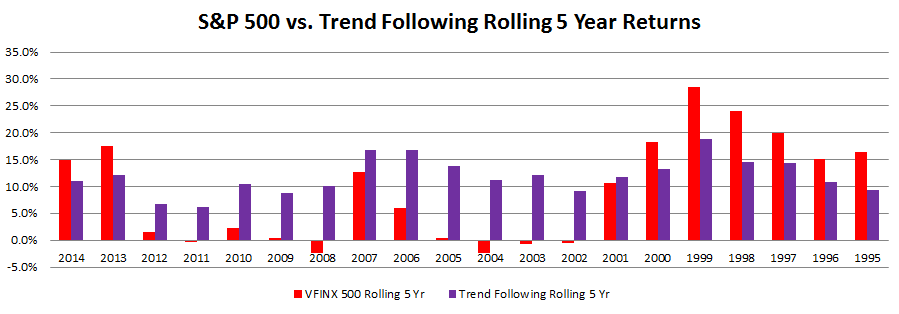
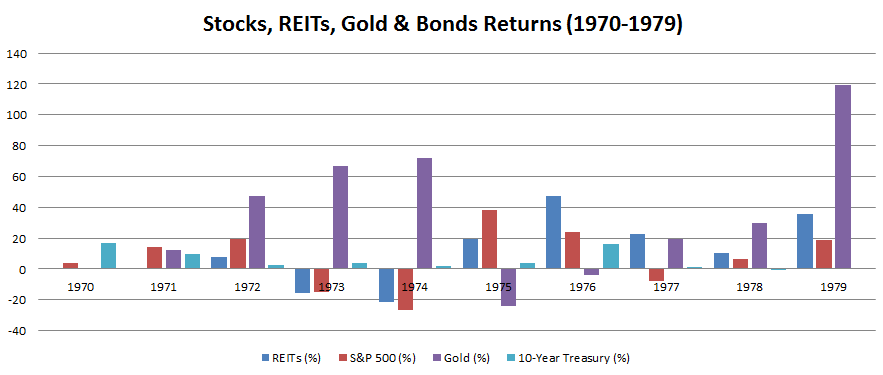
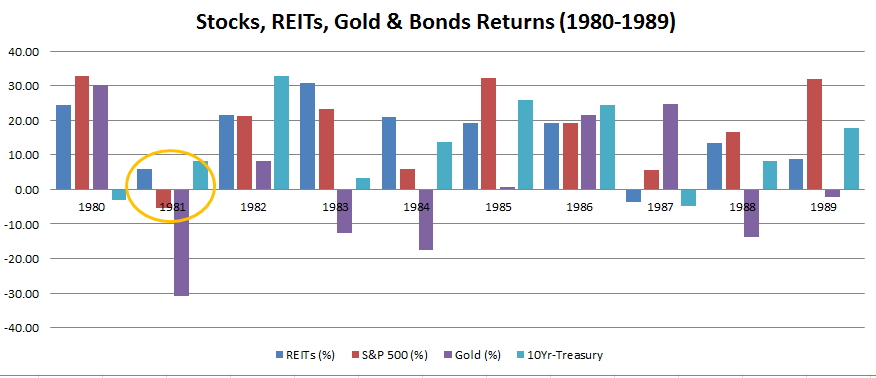
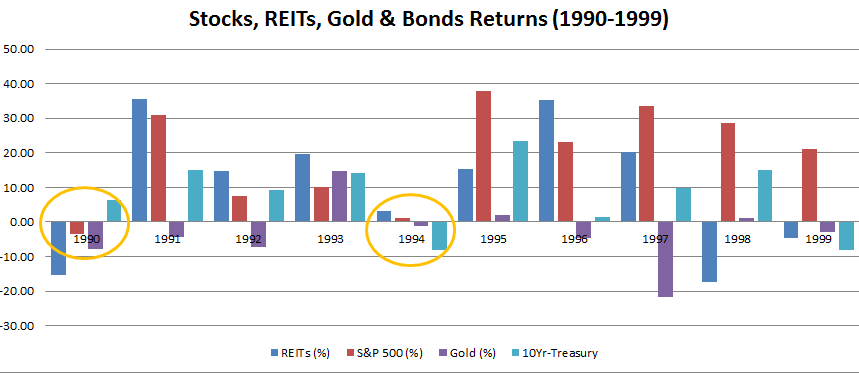
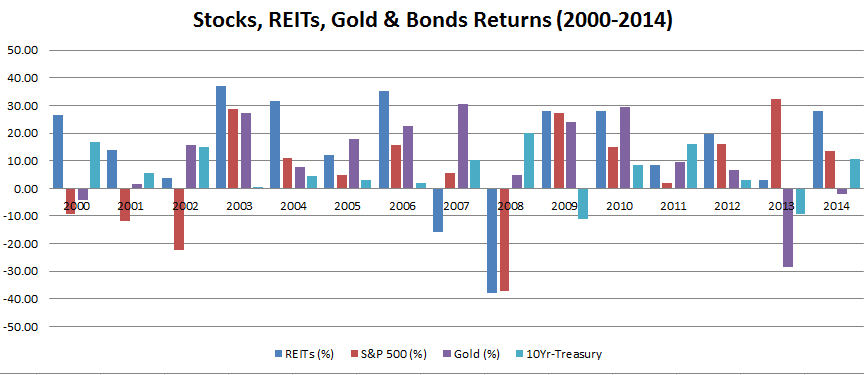

 Diversified Asset Allocation Portfolios For Your Plans
Diversified Asset Allocation Portfolios For Your Plans
